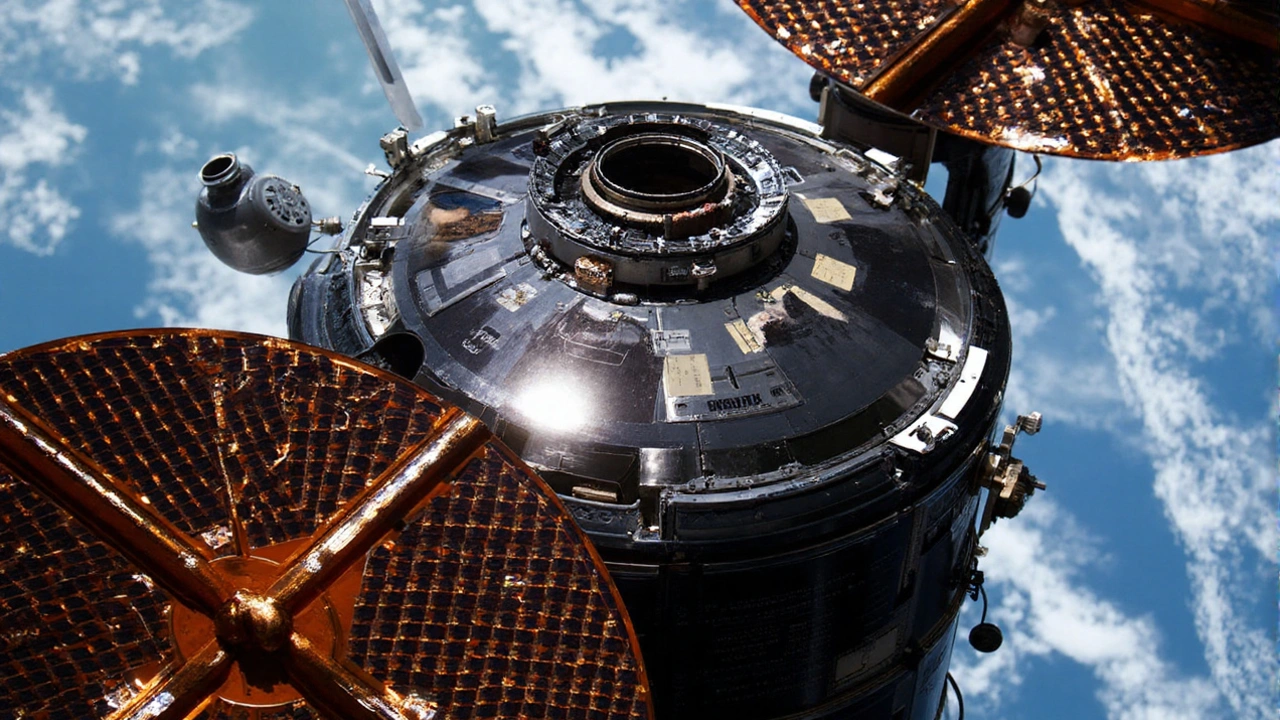What Is Commercial Resupply and Why It Matters
When you hear about rockets delivering satellites or astronauts, you might think the government does all the heavy lifting. In reality, private companies now handle most of the cargo that keeps space stations, satellites, and research labs running. This is called commercial resupply, and it’s the backbone of today’s space economy.
How Private Companies Got Into the Game
Back in the early 2000s, NASA decided it didn’t want to own every single launch. The agency opened up contracts to companies that could fly cargo to low‑Earth orbit faster and cheaper. Firms like SpaceX, Northrop Grumman, and Sierra Nevada stepped in with their own rockets and spacecraft. Their jobs? Load up supplies—food, experiments, spare parts—and send them up to the International Space Station (ISS) or other orbital platforms.
These companies compete on price, reliability, and turnaround time. The competition drives down costs, which means scientists can run more experiments and agencies can stretch their budgets further.
Key Players and Their Vehicles
SpaceX uses the Dragon capsule, which can carry up to 6,000 kg of pressurized cargo and even return items back to Earth. Northrop Grumman flies the Cygnus spacecraft, a sturdy box that burns up after delivery, saving the cost of a return trip. Sierra Nevada’s Dream Chaser is a mini‑shuttle that lands on a runway, offering a gentle way to bring delicate experiments home.
Each vehicle has its own strengths. Dragon’s ability to bring back experiments is a game‑changer for biology labs, while Cygnus’s simple design makes it perfect for bulk supplies like food and tools.
Beyond the ISS, commercial resupply missions support new space stations that private groups are building. Companies such as Axiom Space plan to launch their own habitats, and they’ll need a steady stream of cargo—everything from solar panels to coffee mugs.
What’s cool is that the same infrastructure that moves cargo also carries small satellites. A single launch can drop off a resupply module and then release a cluster of CubeSats for research or communications.
So, if you’re wondering how the orbit stays stocked, the answer is simple: private firms run the supply chain. They launch, dock, unload, and sometimes bring things back, all on a schedule that keeps the space community humming.
In short, commercial resupply isn’t just a buzzword—it’s the practical, everyday engine that lets humanity work in space without breaking the bank.

Cygnus XL Overcomes Engine Glitch to Deliver 11,000 Pounds of Supplies to the ISS
Northrop Grumman's Cygnus XL reached the International Space Station on Sept. 18, 2025, after a one‑day delay caused by an engine shutdown. Engineers traced the hiccup to conservative software settings and quickly rewrote the burn plan. Astronauts Jonny Kim and Zena Cardman captured the spacecraft with Canadarm2. The extra‑large cargo ship carried over 11,000 lb of food, science gear, and spare parts. The mission highlights the resilience of NASA’s commercial resupply network.